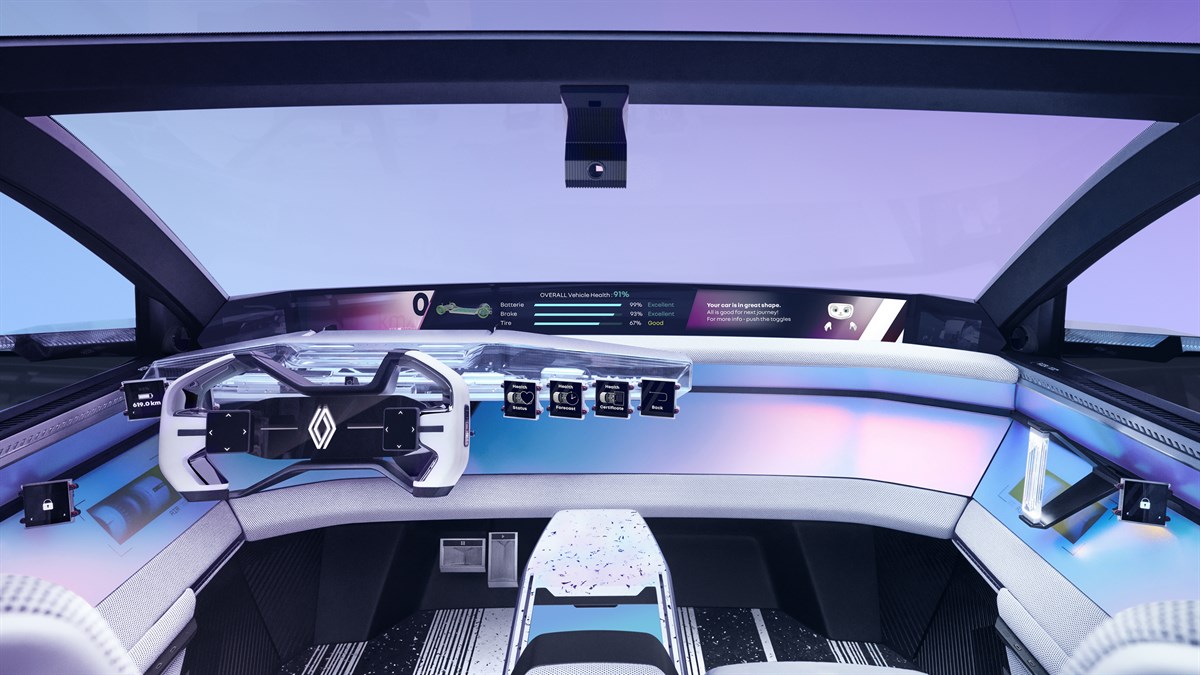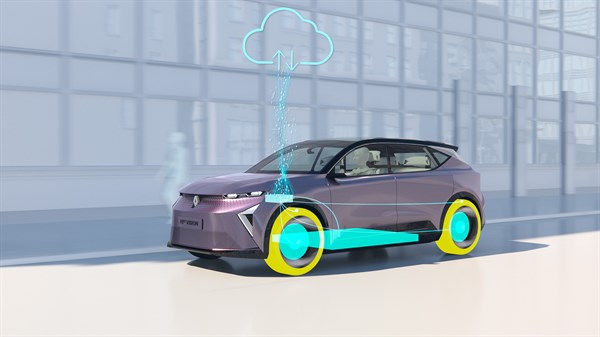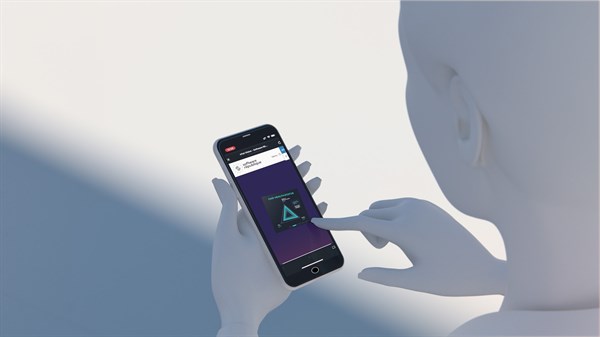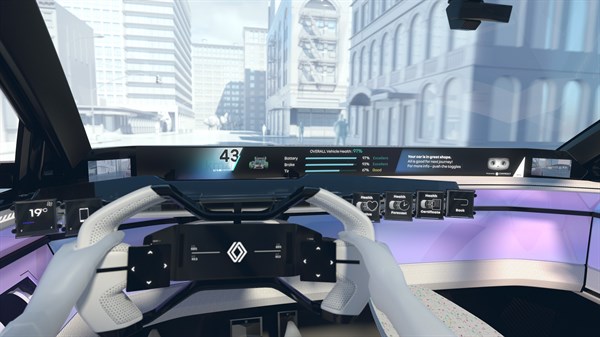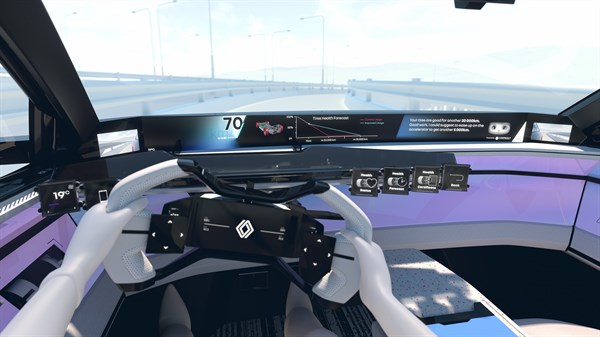H1ST VISION
innovating for the safety of all
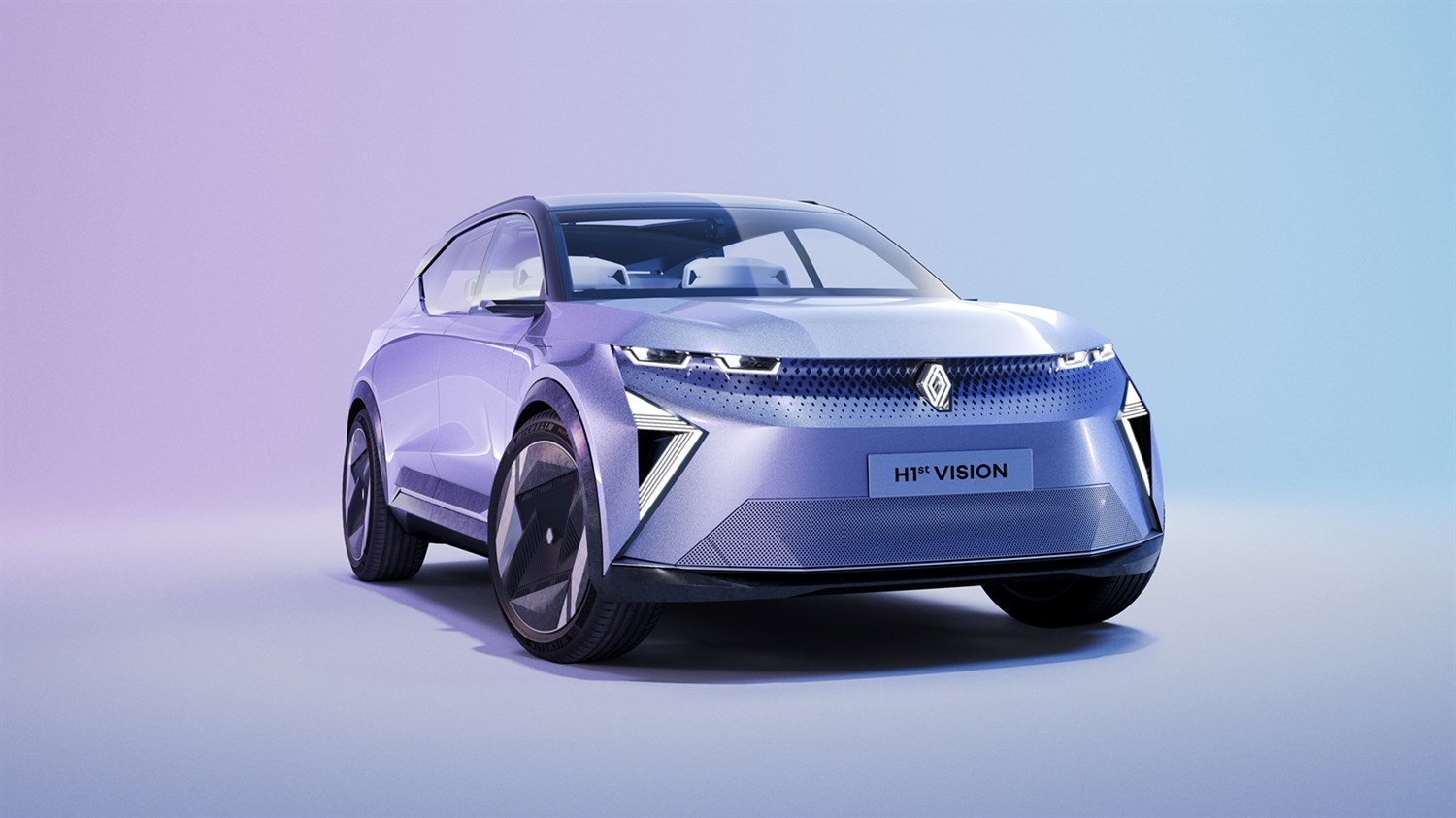
our vision of safer mobility of the future
H1st vision is a collaborative concept car from Software République and its 12 members. It embodies the Research and Development of Renault’s Human First Program.
The concept car features 20 functional innovations, available in both the concept car and its digital twin, and offers a glimpse of future mobility, with technologies designed to enhance the safety of all road users.
discover Human First Program >
find out more about Software République >
TECHNOLOGY FOR HUMANS
H1st vision constantly exchanges data with its surroundings. We call this smart city 4.0, a city that includes its vehicles and road users, who are particularly vulnerable to hazards on the road. Artificial intelligence relies on real-time data from road network maps, weather data and data coming from other vehicles to analyse the likelihood of an accident and detect any type of hazard such as an accident, a road defect or even black ice.
real-time vulnerable road user protection
Protecting all road users, not only motorists, is a top priority for Renault. Using real-time data collected and analysed via V2X* technology, H1st vision alerts the driver to potential hazards due to low or no visibility, when approaching a crossing, schools and bus stops, for example.
predictive emergency vehicle alert
In an emergency, every minute counts for first responders. To save time, H1st vision is equipped with a device that sends a signal to the driver indicating an approaching emergency response vehicle well in advance. All vehicles concerned receive the alert at the same time. Drivers can anticipate and make it easier for the emergency services to arrive.
predictive risky zone alert
In order to protect all road users, H1st vision alerts the driver when approaching a zone considered to be dangerous, displaying an alert on the central screen to increase their awareness. This innovation is based on accident statistics, road characteristics and the environment (reduced visibility, junctions), as well as real-time information communicated by infrastructures, other vehicles and road users.
A CAR THAT KNOWS ITSELF
H1st vision is equipped with ground-breaking virtual sensors capable of assessing the level of wear and operating efficiency of all the car’s components in real time. It can generate is own Health Status*, which can be exported to a smartphone, including a description of the car, MOT history or simulation, GPS navigation system update status, etc.
*health status: health status
**health certificate: health certificate
TECHNOLOGY FOR YOUR HEALTH
a car that looks after you
H1st vision makes sure the driver is in the right mood. H1st vision’s interior camera and microphone make it possible to identify the driver’s mood by analysing their voice and facial expressions. Depending on the mood detected, H1st vision adapts the lighting ambiance inside the concept car and can suggest breathing exercises if the driver is stressed.
technology for your health
H1st vision monitors the driver’s health. Sensors on the steering wheel act as an electrocardiogram measuring the driver’s heart rate and heart rhythm. Another sensor on the seat belt analyses the breathing rate.
After analysis, H1st vision informs the occupant of their current health status and suggests recommendations to improve it. In the event of any discrepancies in the referenced data, it suggests pulling over and contacting a doctor by video call. In areas where there is no network coverage, the call will be made via satellite.
AN AUDIO EXPERIENCE FOR SAFETY
H1st vision is equipped with ground-breaking virtual sensors capable of assessing the level of wear and operating efficiency of all the car’s components in real time. It can generate is own Health Status*, which can be exported to a smartphone, including a description of the car, MOT history or simulation, GPS navigation system update status, etc.
PERSONALISED ACCESS SECURE ACCESS FOR ALL
1. Secure registration of profiles made quick and easy: name, height, face photo and recording of each user’s gait.
2. Recognition up to 6 m through posture (left-hand rear camera) and up to 3 m via facial recognition (central mounted camera).
3. Greeting by the Software République avatar that invites the driver or passenger to climb on board.
4. A simple “yes” is enough to open the doors. The cockpit adapts to the driver’s or passenger’s body shape.
5. The camera located on the central rearview mirror identifies the occupant, starting the car according to the permissions saved.
ALSO DISCOVER
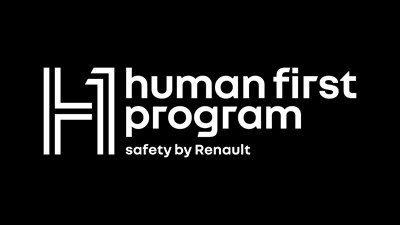
Human First Program
find out more >
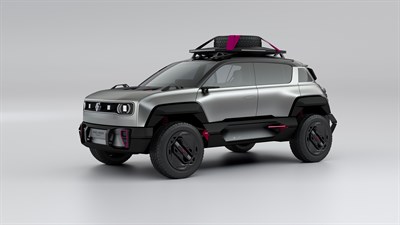
our concept cars
find out more >
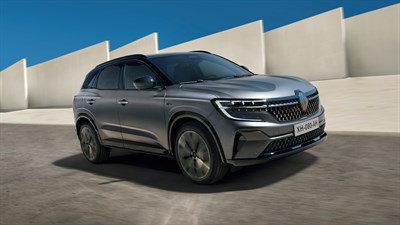
the Renault range
find out more >
